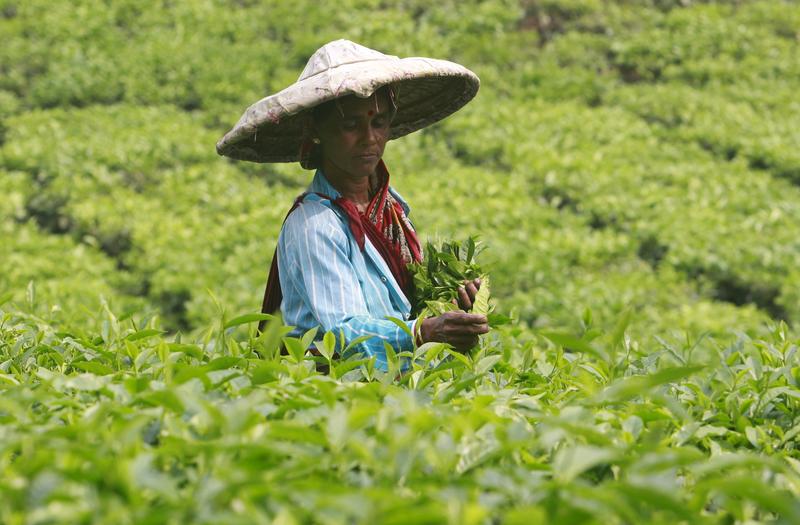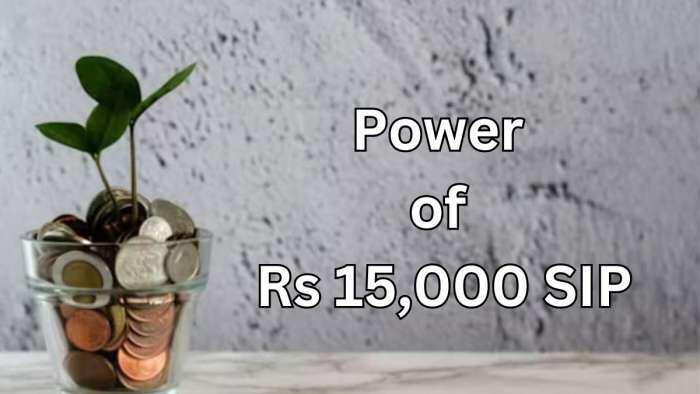Rising input costs, lower price realisation in 2023 put tea industry in limbo
The apex body of the planters, ITA, has estimated that while tea prices increased at a compounded annual growth rate (CAGR) of 4 per cent over the past decade, input costs of coal and gas have simultaneously risen at a rate of 9-15 per cent.
)
The year witnessed the tea industry facing an uncertain future, plagued by rising input costs and lower price realisation at auctions, making operations unviable. The apex body of the planters, the Indian Tea Association (ITA), has estimated that while tea prices increased at a compounded annual growth rate (CAGR) of 4 per cent over the past decade, input costs of coal and gas have simultaneously risen at a rate of 9-15 per cent.
Secretary general of ITA Arijit Raha said price realisation trends declined alarmingly in 2023 compared to 2022.
"While inputs costs have risen, tea prices have not increased in a proportionate manner. This shows that the industry is passing through a crisis," Raha said.
ITA said the emergence of small tea growers (STGs) resulted in an exponential rise in production. With internal consumption almost stagnant and the exports scenario depressed, surplus tea has remained in the system.
According to Tea Board data, exports of the beverage during January to September declined by 4.93 per cent to 157.92 million kg in 2023. In the same period of 2022, shipments stood at 166.11 million kg.
Tea industry sources said the export scenario remains grim as shipments to Iran are in jeopardy due to issues over payment.
The Iran market constitutes nearly 20 per cent of India's tea exports, and this is causing financial stress for the exporters. In 2022, total tea exports from India stood at 231 million kg, the data showed.
President of the Confederation of Indian Small Tea Growers Associations (CISTA), Bijoy Gopal Chakraborty, said, "2023 has been a bad year for the STGs.
Production costs are higher than the prices, which is affecting the tea industry and making it difficult for us to remain viable." Chakraborty warned that if this trend continues, many STGs may be forced out of business.
The STGs, which operate on land holdings of less than one hectare, contribute to more than 55 per cent of India's total tea production.
In West Bengal, nearly 65 per cent of the total output comes from the STGs.
Chakraborty said there are nearly 3 lakh STGs operating in the country, with a majority of them located in Assam, West Bengal and a few South Indian states.
The Tea Board data indicates that production in the country, especially in North India, had fallen in 2023, which has been largely due to adverse climatic factors and pest attacks.
In 2022, India's total tea production was 1,365 million kg.
"Despite a decrease in production in 2023 compared to 2022, prices have remained depressed. This is against economics. It contradicts economic principles, which suggest that prices rise when supply is low,” Chakraborty said.
He said if STGs suffer, it will also have a negative impact on the bought leaf factories (BLFs).
The ITA has also suggested that the government provide financial support to prevent the impending crisis in the Darjeeling tea industry.
Another industry body, the Tea Association of India (TAI), has also raised concerns about the crisis in the gardens of North Bengal. P K Bhattacharya, the secretary general of TAI, said, "Approximately 13 to 14 gardens in the regions of Dooars, Terai, and Darjeeling have closed down affecting more than 11,000 workers.” The North Bengal region produces approximately 400 million kg of tea annually from 300-odd gardens.
TAI has highlighted that increasing input costs have hindered the operational viability of the tea gardens in North Bengal.
According to TAI, price realisation at the Siliguri Tea Auction Committee has been lower in 2023 than 2022, further impacting the industry's viability in the area.
Get Latest Business News, Stock Market Updates and Videos; Check your tax outgo through Income Tax Calculator and save money through our Personal Finance coverage. Check Business Breaking News Live on Zee Business Twitter and Facebook. Subscribe on YouTube.
RECOMMENDED STORIES

Largecap, Midcap, Smallcap Stocks To Buy: Analysts recommend buying 3 stocks for 2 weeks; note down targets

Power of Rs 15,000 SIP: How long it will take to achieve Rs 7 crore corpus? See calculations to know
01:34 PM IST









 Tea industry witnesses production fall, rise in exports in 2024
Tea industry witnesses production fall, rise in exports in 2024 Startup plans to promote tea cultivation as alternative to poppy farming in Manipur
Startup plans to promote tea cultivation as alternative to poppy farming in Manipur 2022 to be a challenging year for tea industry: Assocham-ICRA report
2022 to be a challenging year for tea industry: Assocham-ICRA report